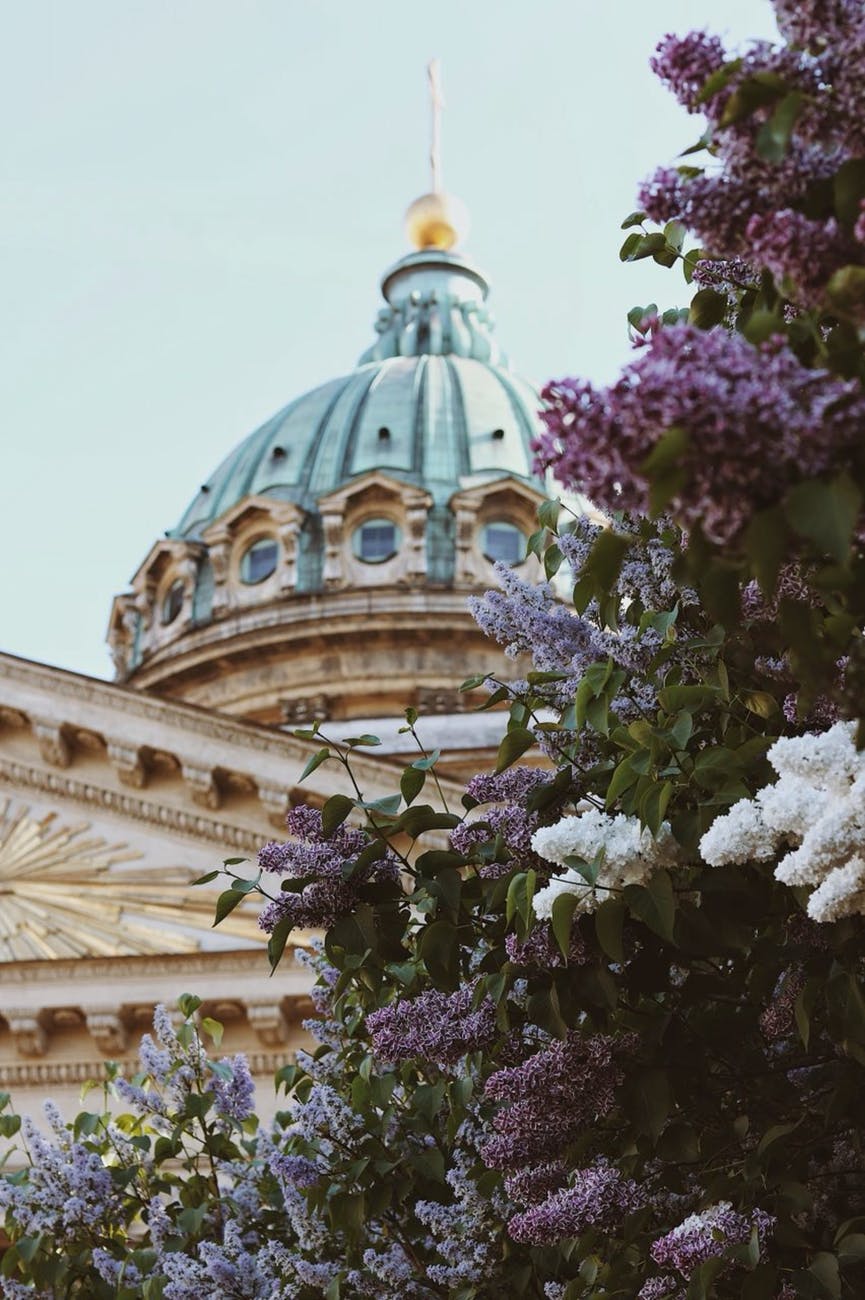WHERE HAVE ALL THE CULTS GONE?
Where have all of the cults gone you say? Where is our 21st century Charles Manson? Many of us find the idea of a cult scary yet interesting. It’s this idea of a collective mind who has rash ideas on society’s structure and values. Whilst very few actively try to force their beliefs upon us, the ones that use brutal force seem like a thing in the past. Many of us face the everyday pressures to conform to our ‘functioning’ society’s’ values. Yet when an unknown group sparks brutal headlines, we become fascinated in this new way of living. A truly questionable example of our engrossment is through the featuring of Jonestown’s mass murder/suicide body images on the cover of Times Magazine.

WHAT MAKES A CULT A CULT (AND NOT A RELIGION)?
According to sociologists’ a cult has three key aspects which class it as a cult. The first is a charismatic leader. The second, an element of mind control; Dr. Margaret T. Singer, professor of psychology at the University of California at Berkeley says “The techniques of many cults fall under the general rubric of brainwashing….cult leaders and their trainers exert a systematic social influence that can produce great behavioural changes.” The third aspect is exploitation, whether that be sexual, financial or both.
Whilst this segment is called ‘what makes a cult a cult, and not a religion’, it’s actually hard to define the differences between the two. Features in which they both encompass are a charismatic leader, the action to follow a so-called ‘divine’ leader, having revelations and knowledge followers do not, an individual or group of people who have been martyred and ‘end days’. What religion and cults both do is feed off of people’s fear of loneliness and fear of death. They give hope to those who are seeking it and promote an illusion of comfort.
There’s an age-old joke about religion; that it’s just “a cult plus time”. The passing of time mixed with the evolution of society alludes to the idea that all religion is merely a manipulation. It’s simply a cult that has age on its side. This is particularly significant for the times before technological advancement, where people were more easily swayed and influenced. As long as there’s a momentum to it, any form of cult can become its own religion.
In our modern times, whilst we have globalisation, in some regard people aren’t as easily influenced. Known as secularisation, we live in a society where religion isn’t as prominent with the younger demographic. Less people believe in a ‘higher being’ which is why cults and religions are so fascinating in the 21st century.
20TH CENTURY CULTS
Cults as well as religions thrive off turbulent times within society, such as wars and civil right movements. As these variables grew in notoriety within the 1960s to late 1990s, intimate cults began to grow amongst the chaos. The two most famous being the Jonestown cult previously mentioned, as well as the smaller Manson Family cult where their leader, Charles Manson influenced many young followers to murder. Speaking to Penn Today, Ori Tavor, a senior lecturer in the Department of East Asian Languages and Civilisations says, “Jonestown is a seminal moment is U.S. history to popularize the term ‘cult.’”
During the Manson era, a ‘satanic panic’ grew amongst many. It’s important to remember these were times when religion was still strong within many families, so a mass hysteria began to develop. Alongside the rise of serial killers, there was a real concern for public safety.
Close to this era, a new ‘religion’ grew called Scientology. It’s title of religion/cult was debated and still is today. Adopting the name Church of Scientology, that was probably the only reason why it was deemed as a religion. The 20th century also spawned Mormonism as well as Jehovah’s Witnesses, forcing many sociologist to project the word onto many of these groups/followings, “…and has come to denote a social group with ‘socially deviant’ beliefs and practices..” said by linguistics professor in the School of Arts and Sciences, Robin Clark.

THE EVOLUTION OF THE WORLD CULT
Whilst the word ‘cult’ adopts many negative connotations and views, the term, also during the late 1900s, gained an underground positive meaning relating to the movie scene. Cult movies were made and gained a strong following just as cults entered our peripheral from the 1970s and onwards. Films such as A Clock Work Orange, Fight Club, Pulp Fiction and more, seemingly failed in mainstream media. Whether that be due to the films controversial story lines, taboo topics and levels of violence, the films were either kept alive due to their dedicated fans or reinvigorated from being reclaimed or rediscovered by a new generation.
Many cult films would have been suppressed by media due to their controversial tones, disregarded or frowned upon. What’s interesting is that cult films share many similarities with actual cults. Both tend to feature or display violence, sexuality and profanity – keep in mind these were very conservative times within society. The people in power were already trying to get to terms with the growth of rock n’ roll, drugs, civil right movements and more. In their eyes, society was already ‘unfolding’ into chaos, or what we like to see it as, a freer society. Cults and cult movies were condoning a sense of freedom in what was a tame society.
One of the most iconic cult movies, The Rocky Horror Picture Show, features many ‘cult like’ elements of sexual exploration and promiscuity, violence and a maker/leader. Whilst this illustrates the obvious connections between a cult movie and cults, perhaps even glamourising and humourizing the concept, one underlining connection is the policing of freedom. Cult movies and cults both encourage freedom. So, whilst we of course don’t encourage the violent actions performed by cults, the general beliefs of one we might. Perhaps leaders and the media work to turn society on cults because they are out of their control. People are listening to someone else other than themselves and they don’t like it. Because they challenge ‘traditional beliefs, values and societal structure’, cults become a threat and ‘danger’ to wider society.
THE NEW AGE OF CULTS
Whilst we may not hear so much about violent cults within the media, they do still exist, and can come in many forms far from the religious ones we know so well. These can include health/fitness and lifestyle retreats where many have been known to create eating disorders within their members. A great example of one of these cults is the founder of Bikram Yoga, Bikram Choudhury who made yoga class attendees workout in rooms heated to 120 degrees, harassed, raped and controlled many of this ‘members.
Cults have new ways of growing, developing and finding members due to the technological advancements since the 1970s/80s/90s. People are more easily assessable due to social media to come across and absorb cult information, propaganda and become vulnerable to being brainwashed. For example, school shooters gain access to violent content, whilst ISIS have been able to recruit members from across the global to commit terror attacks.
Cults haven’t disappeared, they’ve just evolved. The 21st century’s relationship with technology plays a significant role in our willingness to participate in cults. As we experience a pandemic on loneliness amongst all ages, we crave to be a part of a community. Turning to online, we find virtual communities to ease our loneliness whilst at the same time become more vulnerable.
Compared to past cults, we are no longer confined to geographical borders as people can join ‘communities’ from across the world. A great example of modern-day cult like mindsets is our relationship with celebrities. In general, many fans of celebrities believe they can do no wrong and support their favoured star no matter the accusations they receive. Such celebrity examples include Michael Jackson and R.Kelly, where many young women were trapped by him. Media has also played a strong role within a certain level of glamourisation of such, evident in many films. The cinematic presentation of cults has turned their violent actions into a form of entertainment.
Other examples also include political groups such as the political landscape of North Korean, Russia and the Taliban within Kabul. Western examples include the American Political landscape where many are dedicated to their party by wearing political merchandise and generally going completely over the top. An extending branch from political groups are activists. Groups such as Insulate Britain who cause a less bloody havoc on society have been looked down upon by the general public. Whilst they adopt views on the worlds habitat that many would agree with, the way they distribute their message in an obstructing and chaotic way goes against many people’s views, causing them to be hated and outcasted by many.
Cults will forever be around as many seek to adopt a new perspective/outlook on life, as well as crave guidance and/or companionship. Whether they are ‘disguised’ by the term religion, most evidently in the action of conversion therapy, or by being an online/offline community, there will always be groups which challenge and pose the opinions, views and values of mainstream society.
Checkout our previous post on one of the most notorious cult leaders ever, Osho: And The Flowers Showered.







